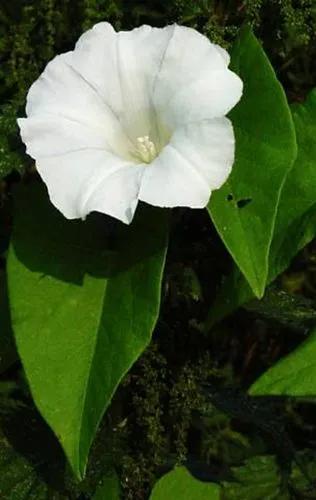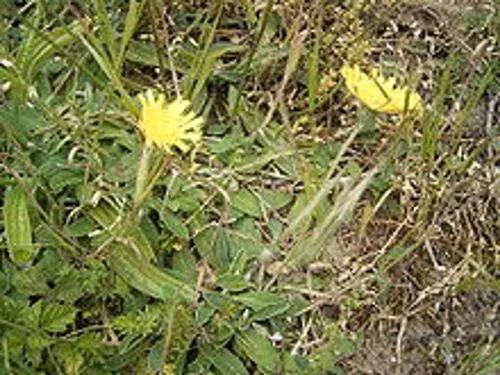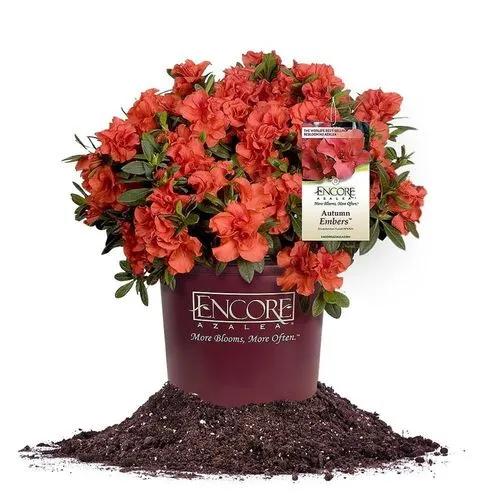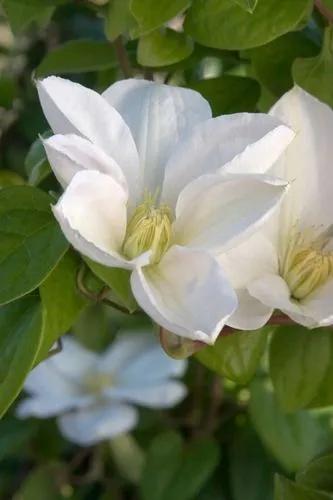Ophrys apifera, known in Europe as the bee orchid, is a perennial herbaceous plant of the family Orchidaceae. It serves as an example of sexually deceptive pollination and floral mimicry, as well as of a highly selective and highly evolved plant–pollinator relationship. The Bee orchid is a sneaky mimic - the flower’s velvety lip looks like a female bee. Males fly in to try to mate with it and end up pollinating the flower. Sadly, the right bee species doesn’t live here, so this orchid is self-pollinated in the UK.
Bee Orchid Care
Ophrys apifera



Ophrys apifera grows to a height of 15–50 centimetres (6–20 in). This hardy orchid develops small rosettes of leaves in autumn that continue to grow slowly during winter. Basal leaves are ovate or oblong-lanceolate, and upper leaves and bracts are ovate-lanceolate and sheathing. Leaves exhibit parallel venation. The plant blooms from mid-April in continental Europe, but in the United Kingdom it flowers June to July. A flower spike is produced, composed from one to twelve flowers. Three large, purple sepals surround the base of the flower, which can easily be mistaken for petals. The true petals lie just above the sepals as two short, pubescent green structures protruding laterally from a central column. A third, modified petal, the labellum, sits at the bottom of the column as a landing pad for pollinators. The labellum is trilobed, with two pronounced humps on the hairy lateral lobes and a hairy median lobe having a pattern that mimics the abdomen of a bee. The pattern of labellum colouration is quite variable.
This plant is useful.
This plant might be poisonous
How to get rid of:
How to Care for the Plant

Popularity

100 people already have this plant 34 people have added this plant to their wishlists
Discover more plants with the list below
Popular articles






